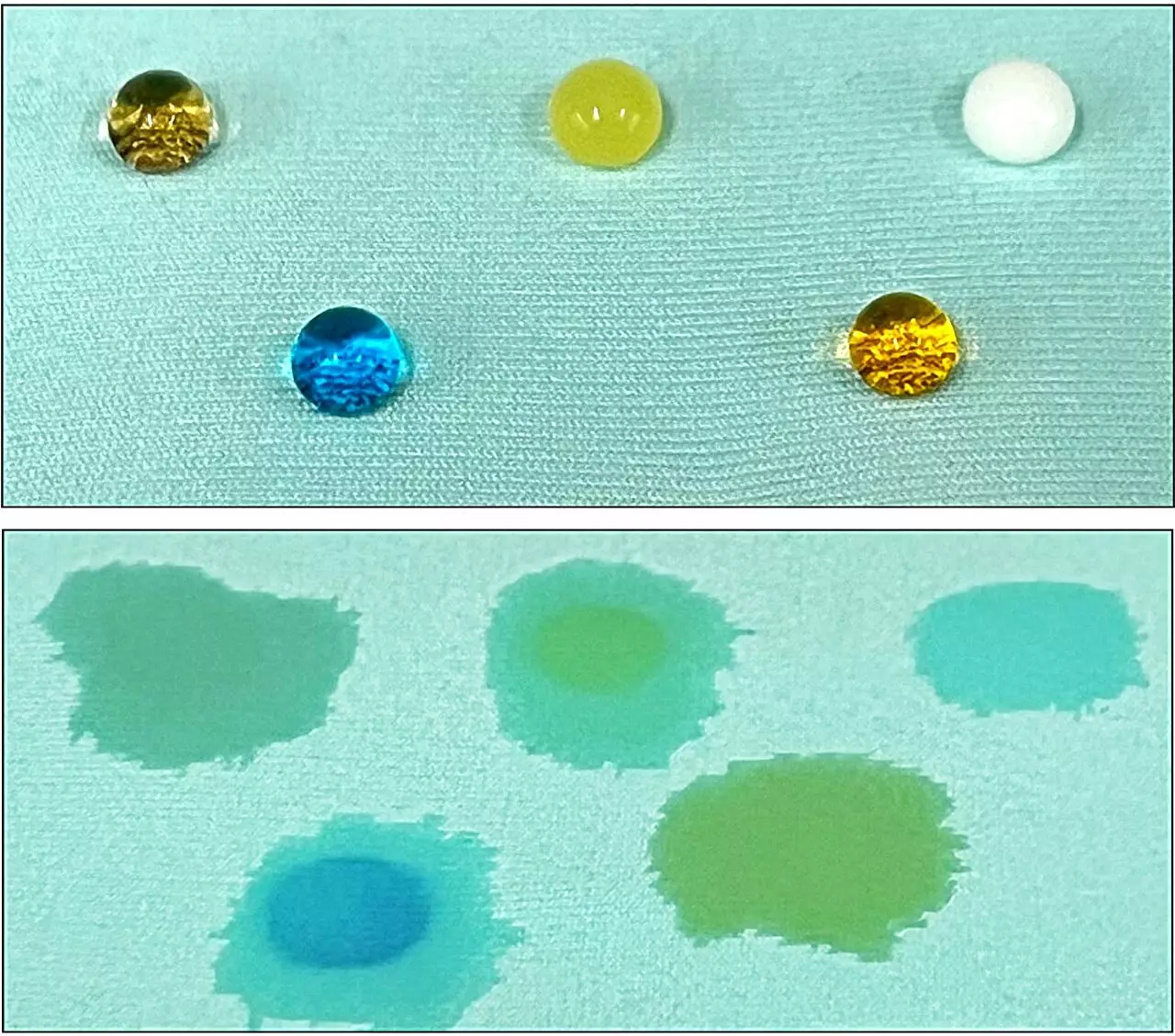Textile waste has become a pressing environmental issue, with millions of tons of clothing discarded each year. As fashion trends rapidly evolve, the lifespan of garments continues to shorten, leading to significant waste generation. Innovative solutions are needed not only to reduce this waste but also to reimagine how we can extend the utility of discarded textiles. Recent research from a Cornell University team offers a promising breakthrough by creating waterproof coatings from these very materials, effectively transforming waste into valuable products.
Current waterproofing technologies predominantly rely on harsh chemicals, many of which pose significant environmental and health risks. Substances like perfluorinated compounds have been dubbed “forever chemicals” due to their persistence in the environment and potential to accumulate in human and animal tissues. The urgent need for eco-friendly alternatives is underscored by alarming statistics that indicate Americans dispose of an average of 80 to 100 pounds of clothing annually. Addressing this issue not only requires innovative material science but also a shift in consumer behavior and textile production practices.
Led by Professor Juan Hinestroza, a team at Cornell University has developed a low-temperature method for synthesizing superhydrophobic coatings that utilize discarded polyester and spandex textiles. The process is environmentally responsible, employing benign solvents—water and ethanol—while decreasing energy consumption significantly. Their research article, “UiO-66 Inspired Superhydrophobic Coatings Fabricated from Discarded Polyester/Spandex Textiles,” outlines a novel approach that does not require complex purification steps, further enhancing its sustainability profile.
The coating’s effectiveness arises from the use of metal-organic frameworks (MOFs), specifically UiO-66, that are synthesized through the depolymerization of discarded fabrics. This technique allows for a unique interplay of textile materials and functional compounds, demonstrating how waste can be transformed into high-performance products without introducing harmful chemicals.
Yelin Ko, a doctoral student in fiber science and the first author of the study, along with other co-authors, performed a series of experiments to elucidate the properties of the newly developed coatings. By utilizing an alkaline depolymerization process, they successfully converted textile waste into usable MOF structures capable of repelling water. Notably, the altered physical characteristics of spandex fibers contributed to the hydrophobicity of the coating, marking a novel advancement in textile science.
One of the striking findings of this research was the enhanced durability of the UiO-66 coatings. They demonstrated consistent water resistance even after rigorous washing and abrasion tests, addressing one of the major concerns associated with textile treatments. Such resilience is crucial for real-world applications, paving the way for the commercial viability of these eco-friendly coatings.
The implications of this research reach far beyond the realm of waterproof textiles. The concept of “upcycling” discarded clothing into high-functioning materials challenges traditional notions of waste and production in the fashion industry. Hinestroza emphasizes that the responsibility to combat waste lies equally with consumers: every garment not purchased or reused adds to the problem. This initiative necessitates a cultural shift towards valuing sustainability in apparel choices.
Additionally, the potential applications for an eco-conscious waterproofing technology extend beyond clothing. Industries such as outdoor gear, automotive, and home textiles can also benefit from advancements in sustainable coatings. By reducing reliance on detrimental chemicals, this research lays the groundwork for broader applications, breeding innovation that could redefine the textile market.
The innovative work of the Cornell research team illustrates a significant step forward in addressing the cyclopean challenge of textile waste and environmentally hazardous coatings. By transforming discarded garments into effective waterproofing solutions, this research not only promotes sustainability but also calls for a deeper reassessment of consumer habits surrounding clothing consumption. As we explore avenues for making the fashion industry more sustainable, each step towards embracing eco-friendly innovations brings us closer to a more responsible and resilient future.

